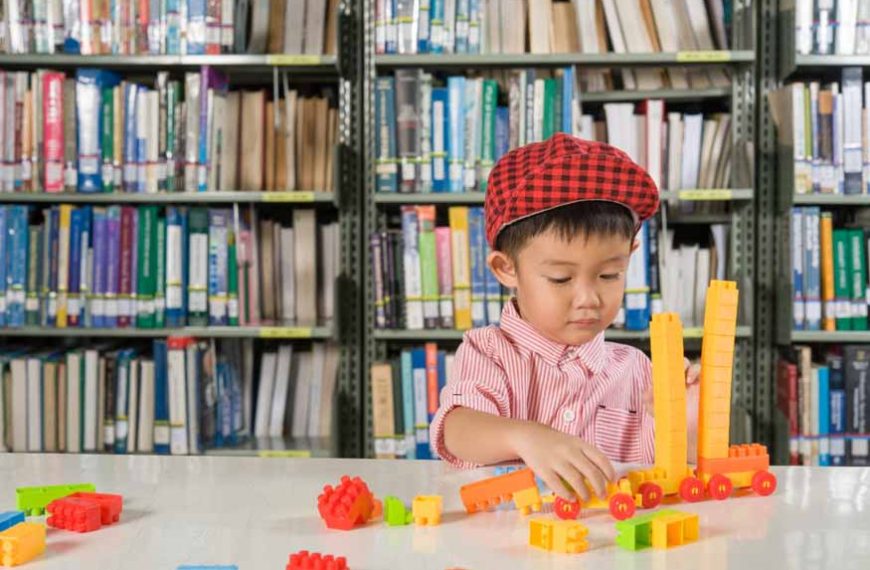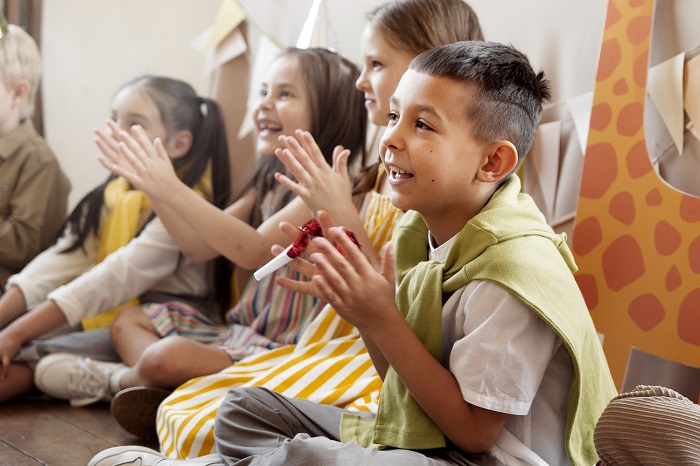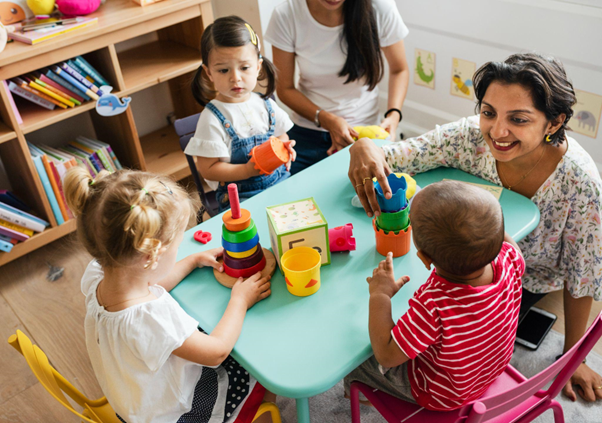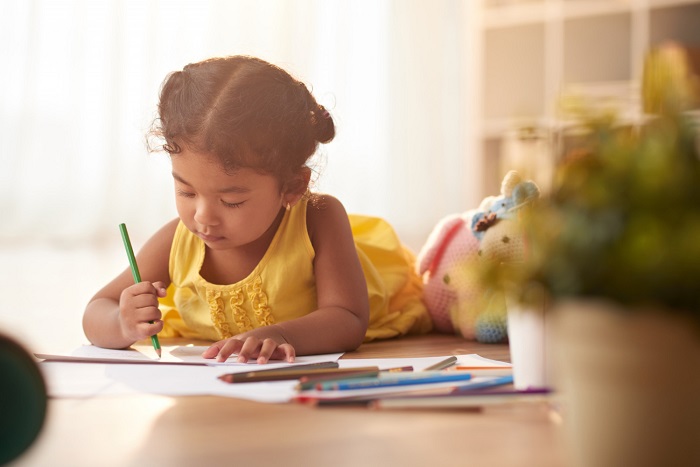The early years of a child’s life play an important role in their cognitive, emotional, and social development. During this period, parents often have to make life-altering decisions related to their kid’s learning and overall development. One of the aspects they have to decide on is choosing the right educational setting for their young one’s early education, which will ensure growth positively. Two terms frequently used in early childhood education are preschool and kindergarten. While these terms, preschool and kindergarten, are sometimes used interchangeably, they actually represent two distinctive stages in a child’s educational journey.
This article serves as a guide for parents to understand the difference between preschool and kindergarten. It unravels the intricacies of both preschool and kindergarten, offering a nuanced exploration of their similarities and differences. By delving into the foundations of both preschool and kindergarten, we seek to empower parents with the knowledge to help them make informed decisions that align with their child’s unique needs and readiness.
What is a Preschool?
Preschool, often referred to as nursery school, is an early childhood education institute designed for children between 2 and 6 years of age. It has a play-based curriculum that focuses on your kid’s holistic development. Moreover, it acts as a bridge between home and kindergarten, preparing kids for school and beyond.
What is a Kindergarten?
Kindergarten is an early childhood learning program designed for children between the ages of 4 and 6. It provides a structured, nurturing environment that bridges the gap between home and elementary education.
Similarities Between Preschool and Kindergarten
- Emphasis on Socialisation
- Play-Based Learning
- Flexible Scheduling
Both preschool and kindergarten serve as crucial arenas for a child’s social development, including development in other areas. In both settings, children get ample opportunities to interact with their peers during various activities. This leads to the development of social skills and an understanding of social norms.
The similarity between preschool and kindergarten is reflected in their curriculum. Both preschool and kindergarten have a common approach to learning through play. Play-based learning, including storytelling, art, and music, is integral to both settings. This approach to teaching not only cultivates a love for learning but also nurtures creativity and imagination in children.
Both preschool and kindergarten recognise the diverse needs of families; hence, most offer flexibility in timing and scheduling. Parents can choose from part-time or full-day options based on the child’s needs and the family’s lifestyle. This facility provides a tailored approach to early education.
Differences Between Preschool and Kindergarten
- Age Group and Developmental Focus
- Structure of Curriculum
- Assessing Academic Readiness
- Learning Environment
Preschool typically serves children aged two to five. It focuses on foundational skills across various developmental areas and emphasises creating a supportive and nurturing environment to facilitate a child’s natural curiosity and love for learning.
Meanwhile, kindergarten typically serves children aged four to six. It is tailored for children who are on the brink of entering formal schooling. Pre-kindergarten programs concentrate on certain academic and social skills to ensure a smoother transition into kindergarten.
Although the age difference between preschool and kindergarten isn’t significant, their learning curriculums differ drastically. Preschools have a broad, flexible curriculum accommodating diverse interests and developmental stages. The emphasis is on fostering a holistic approach to learning. It incorporates activities that cater to the varied needs of young learners.
On the other hand, kindergarten has a more structured curriculum which aligns with state or national educational standards. The curriculum addresses specific academic readiness skills, including early literacy, numeracy, and problem-solving. It prepares children for the expectations of formal schooling.
Preschool focuses on general cognitive development and gross and fine motor skills and helps instil a love for learning through play-based approaches. The focus is on building a strong foundation for future academic success by creating a positive attitude towards education.
Kindergarten, on the other hand, prioritises academic readiness, introducing more formal early literacy, numeracy, and problem-solving lessons. The goal is to ensure that children are well-prepared for the challenges they will face in kindergarten and beyond.
Preschools have a play-centric approach. They create a nurturing atmosphere where children can explore and learn through play. The focus is on creating a supportive atmosphere that encourages curiosity and creativity.
Meanwhile, kindergarten has a more school-like setting with structured routines, desks, and a defined schedule. The aim is to acclimate children to a more formal educational environment, bridging the gap between the more play-based orientation of preschool and the structured setting of formal schooling.
Choosing Between Preschool and Kindergarten
Parents must consider various factors when deciding between preschool and kindergarten. Here are some questions they must ask before making the decision.
- Common Questions
- Which school, preschool vs. kindergarten, is ideal for my child?
- What is the main goal behind choosing the learning method?
- Curriculum-Based
- What subjects or skills are taught, and how are they taught?
- Are there opportunities for creative activities like art, music, and storytelling?
- Transition and Growth
- How does the school prepare children for the next educational level (e.g., kindergarten or Grade 1)?
- Does the school provide additional support for children with special needs or learning differences?
Conclusion
As parents weigh their options in early childhood education, understanding the difference between preschool and kindergarten and the finer distinctions between preschool and pre-kindergarten is essential. While preschool and kindergarten nurture early learning through play and social interaction, they differ in structure, age focus, and academic readiness.
If you’re wondering how kindergarten is different from preschool, the key lies in their goals. Preschool is more exploratory and play-based, ideal for younger children discovering the world. Meanwhile, kindergarten is slightly more structured, aiming to prepare children for primary school. Looking for ways to deal with separation anxiety? Check out our blog- Separation Anxiety and Social Anxiety in Kids. Also, visit EuroKids Blogs for more insights on your kid’s health, development, and nutrition. Don’t forget to check out EuroKids Preschools for the first step in your child’s learning journey!














